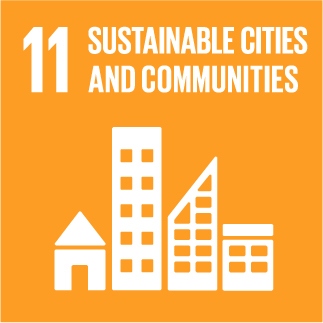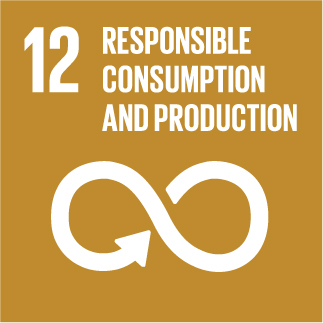URBANREC
Biopolymer-Waste Fiber Reinforcement for Earthen Materials: Capillary, Mechanical, Impact, and Abrasion Performance
The poultry industry, highly prevalent worldwide, generates approximately 7.7 × 106 metric tons of chicken feathers (CFs), which become a major environmental challenge due to their disposal when considered waste or due to their energy transformation consumption when considered by-products. CFs are mainly composed of keratin (approximately 90%), which is one of the most important biopolymers whose inherent characteristics make CFs suitable as biopolymer fibers (BPFs). This paper first assesses the morphological and chemical characteristics of these BPFs, through scanning electron microscopy and energy dispersive X-ray spectroscopy, and then evaluates the waste valorization of these BPFs as a sustainable alternative for fiber-reinforcement of earthen mixes intended for earthen construction, such as adobe masonry, rammed earth, and earthen plasters. In particular, four earthen mixes with increasing doses of BPFs (i.e., 0%, 0.25%, 0.5%, and 1% of BPFs by weight of soil) were developed to evaluate the impact of BPF-reinforcement on the capillary, mechanical, impact, and abrasion performance of these earthen mixes. The addition of BPFs did not significantly affect the mechanical performance of earthen mixes, and their incorporation had a statistically significant positive effect on the impact performance and abrasion resistance of earthen mixes as the BPF dose increased. On the other hand, the addition of BPFs increased the capillary water absorption rate, possibly due to a detected increment in porosity, which might reduce the durability of water-exposed BPF-reinforced earthen mixes, but a statistically significant increment only occurred when the highest BPF dose was used (1%).

» Author: Héctor Gonzalez-Calderon
» Reference: doi: 10.3390/polym12081819
» Publication Date: 13/08/2020
» More Information

This project has received funding from the European Union's Horizon 2020 research and innovation program under grant agreement Nº 690103




URBANREC Guidelines by URBANREC Consortium is licensed under a Creative Commons Reconocimiento-NonComercial-NoDerivatives 4.0 Internacional License.
Puede hallar permisos más allá de los concedidos con esta licencia en www.aimplas.net
